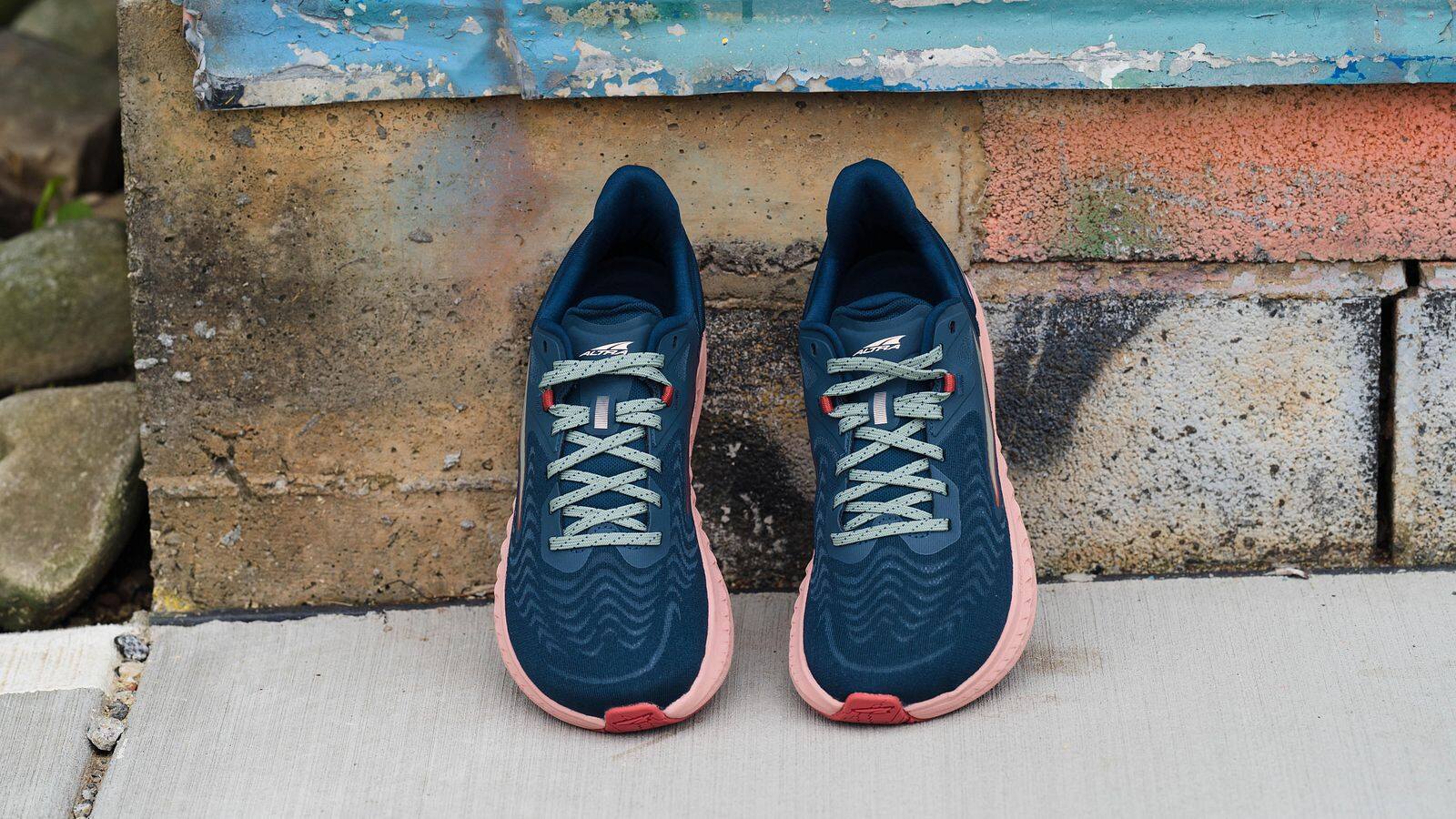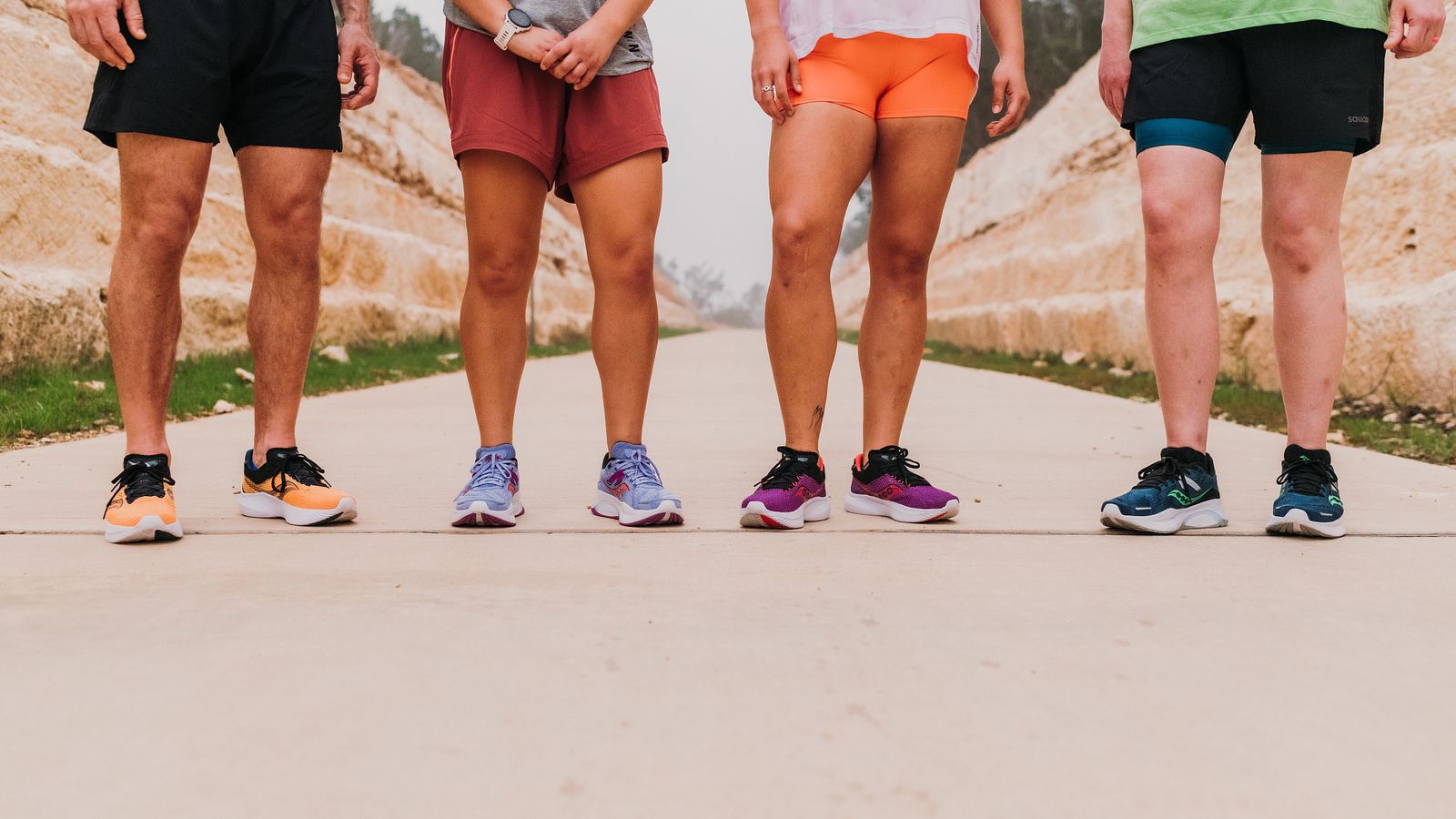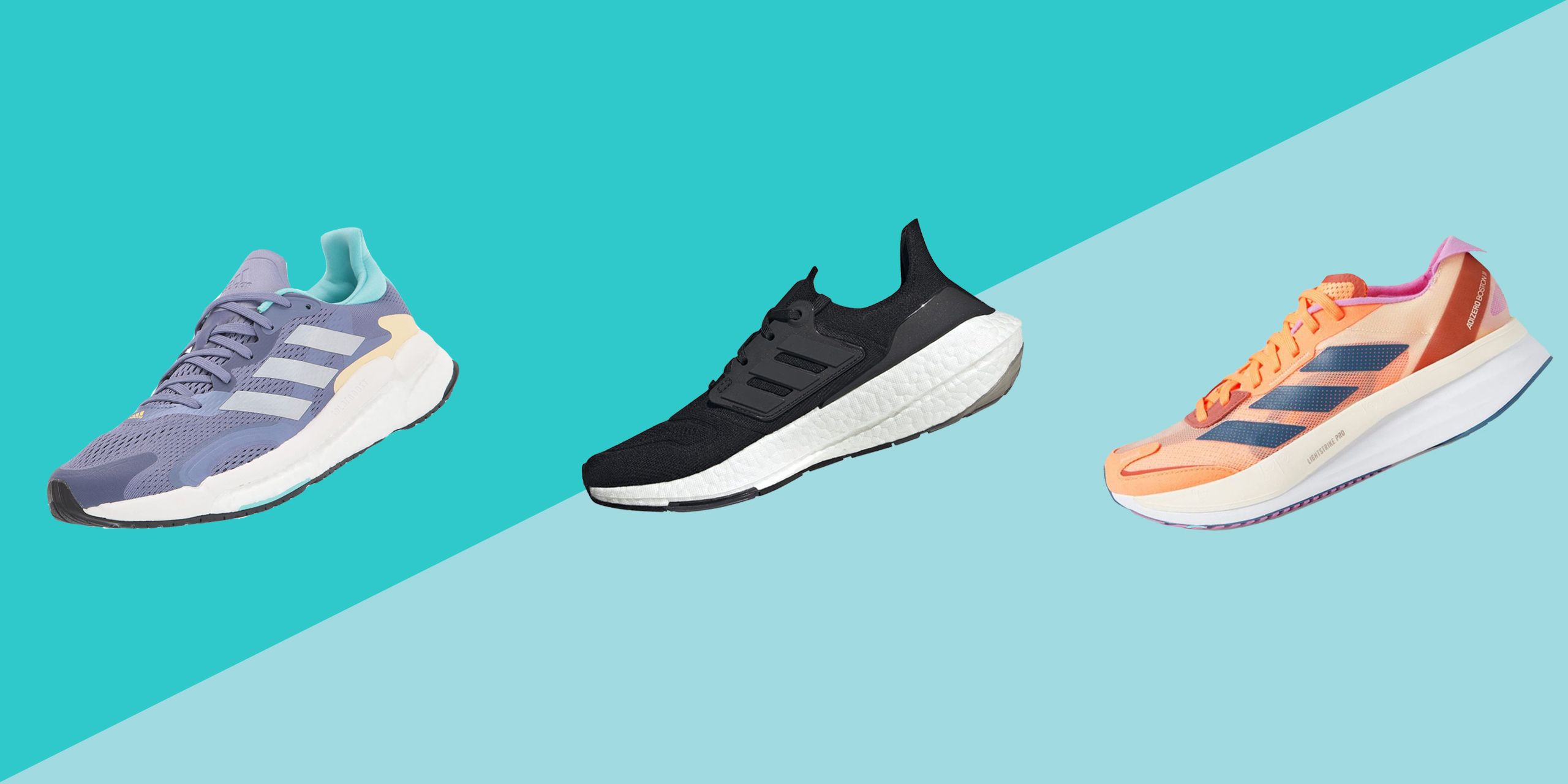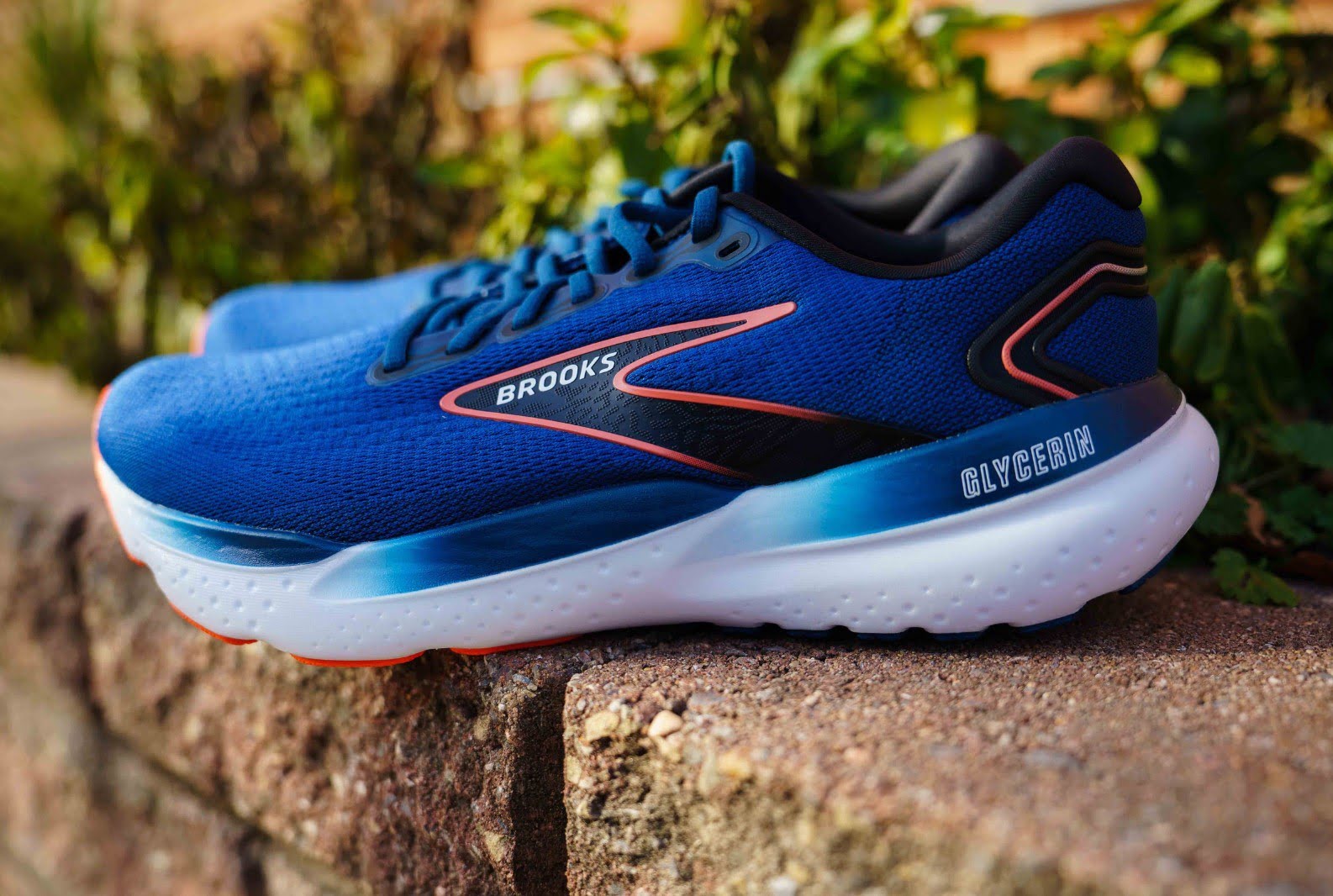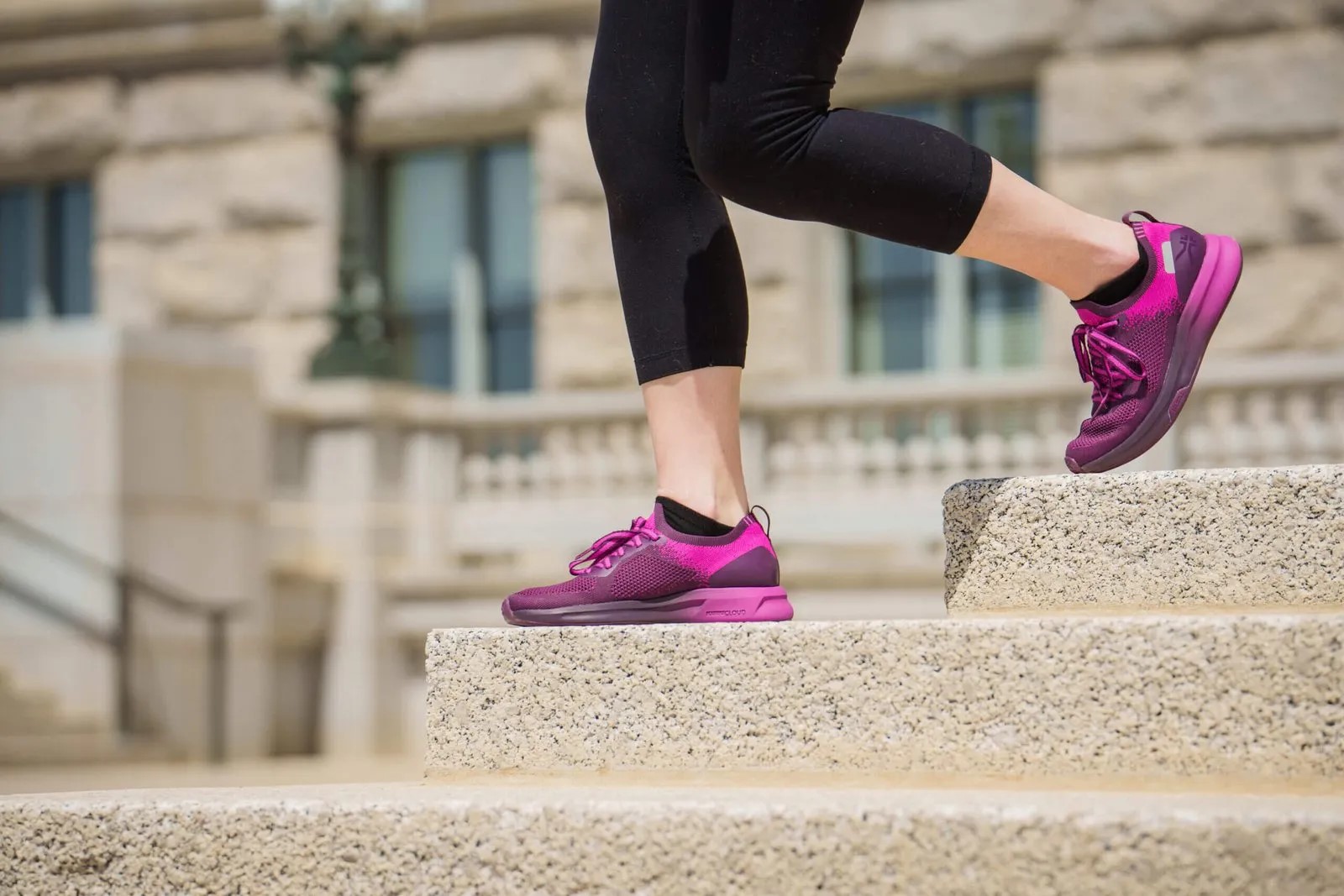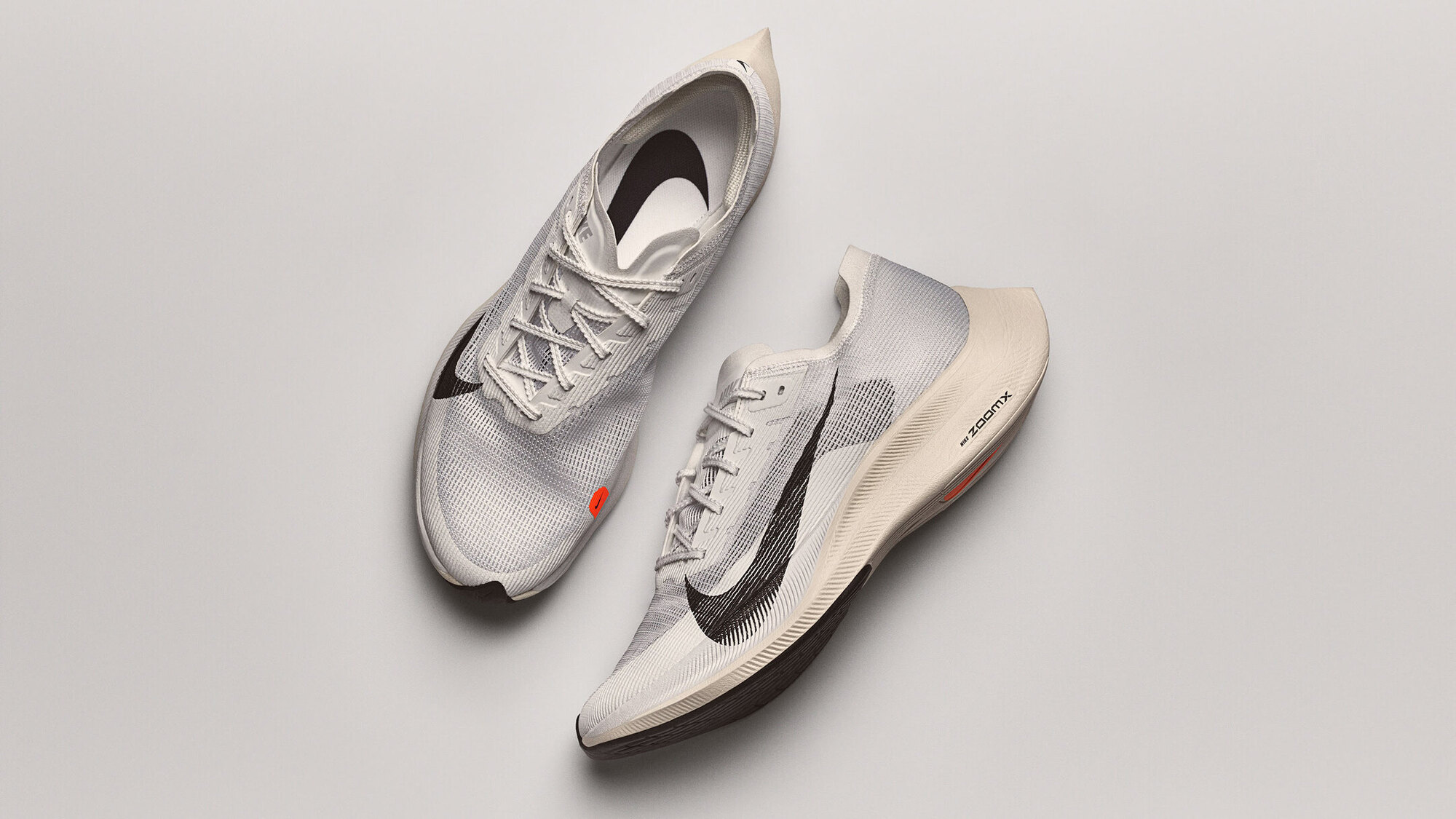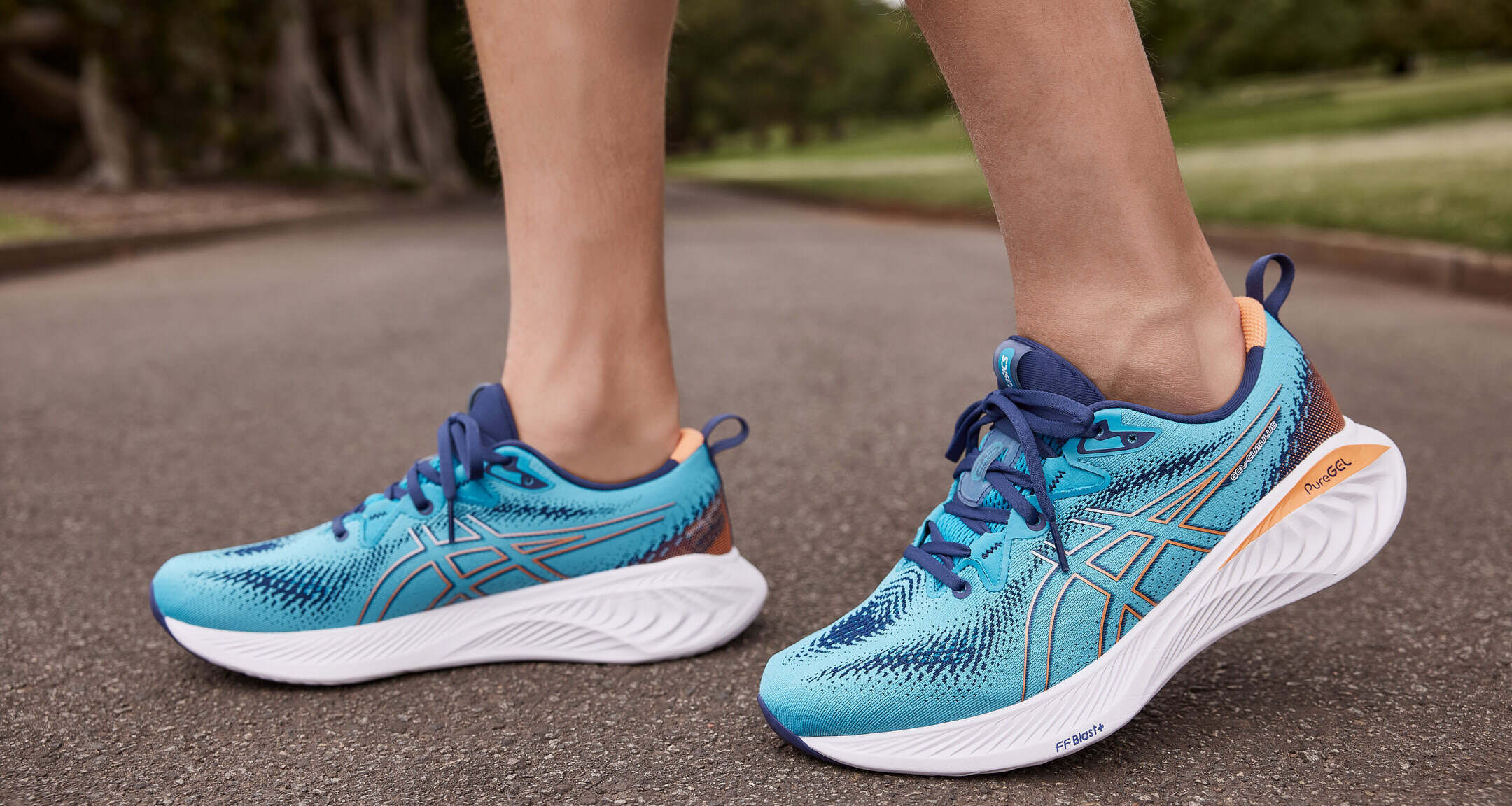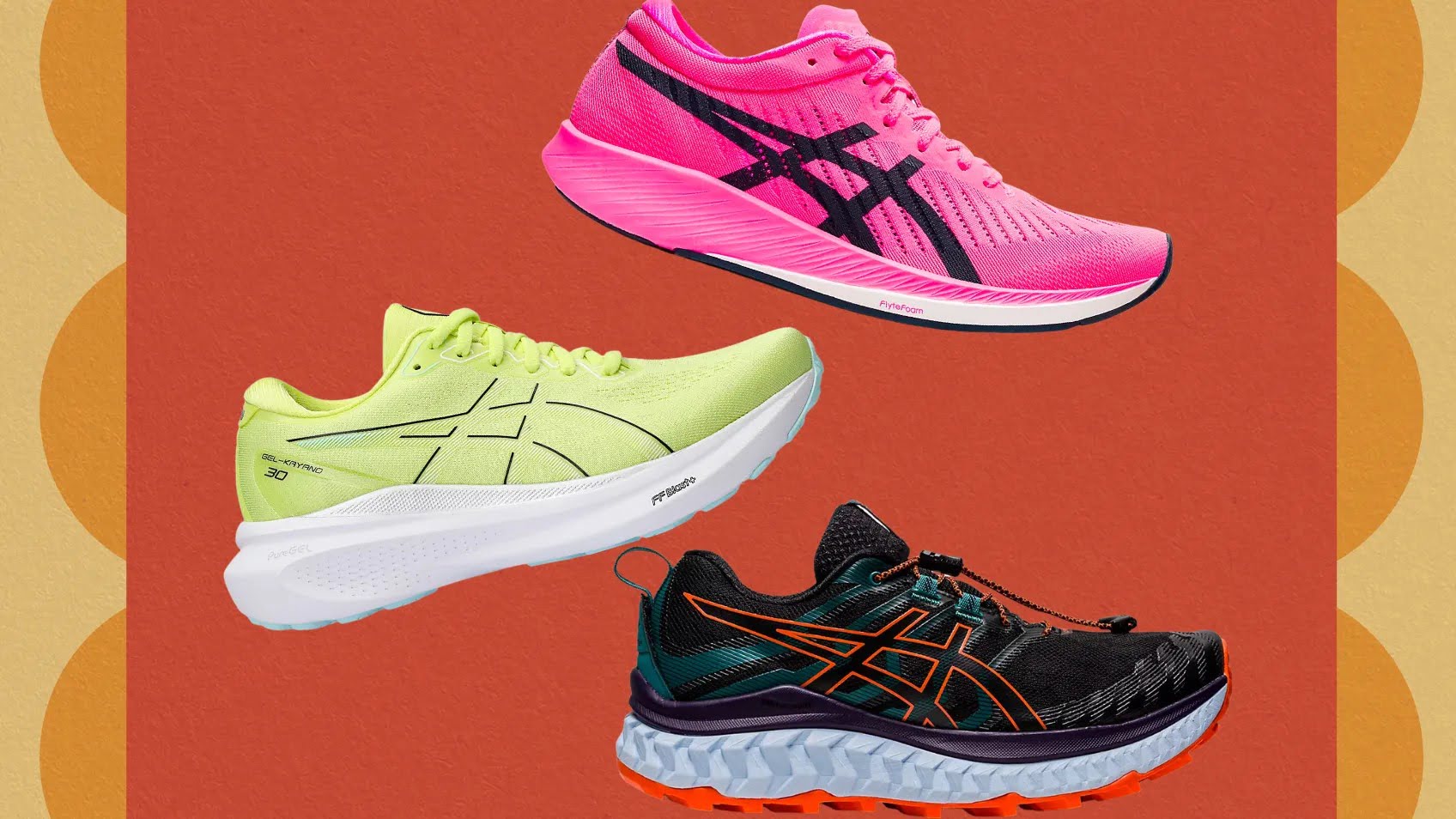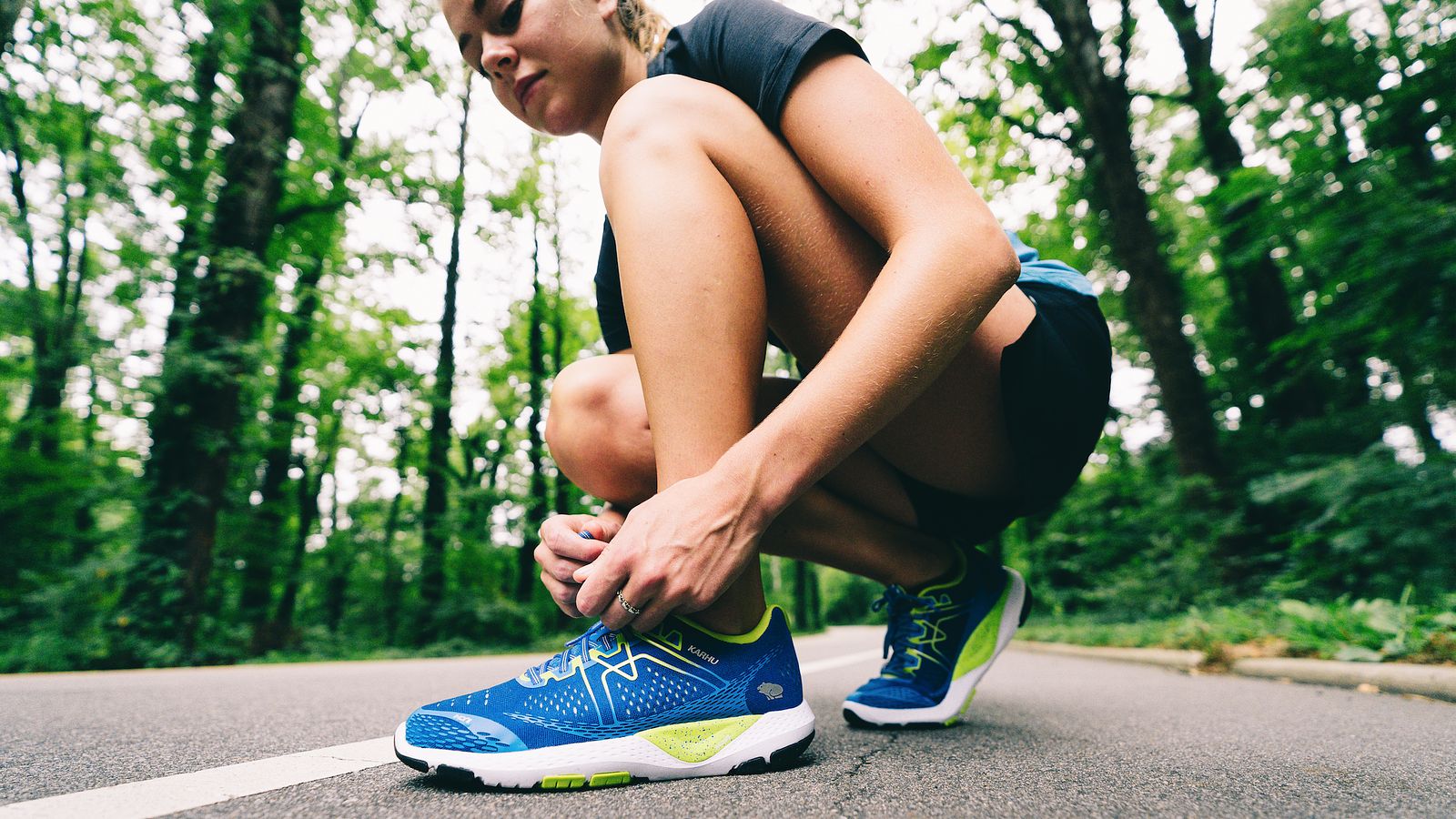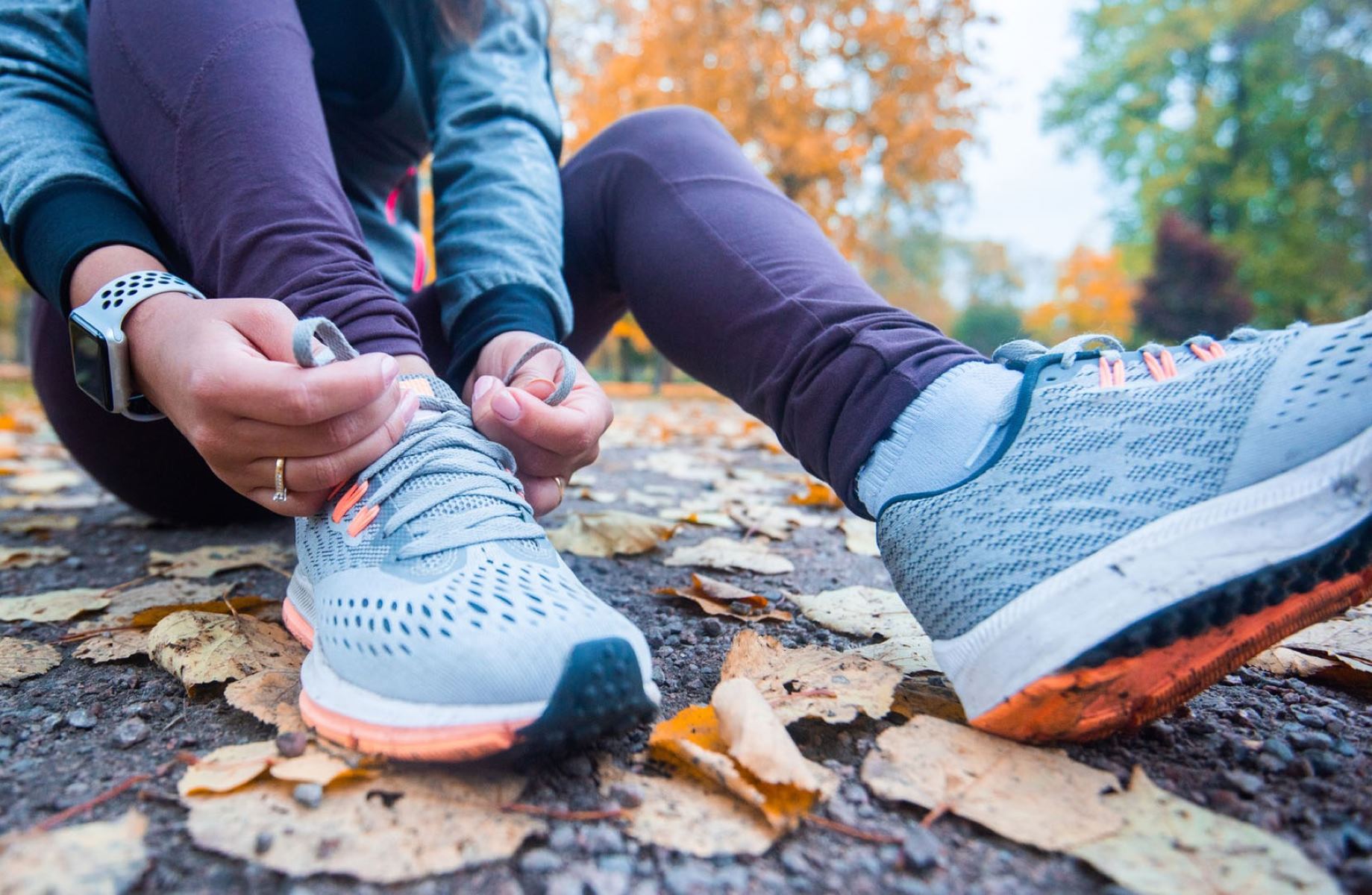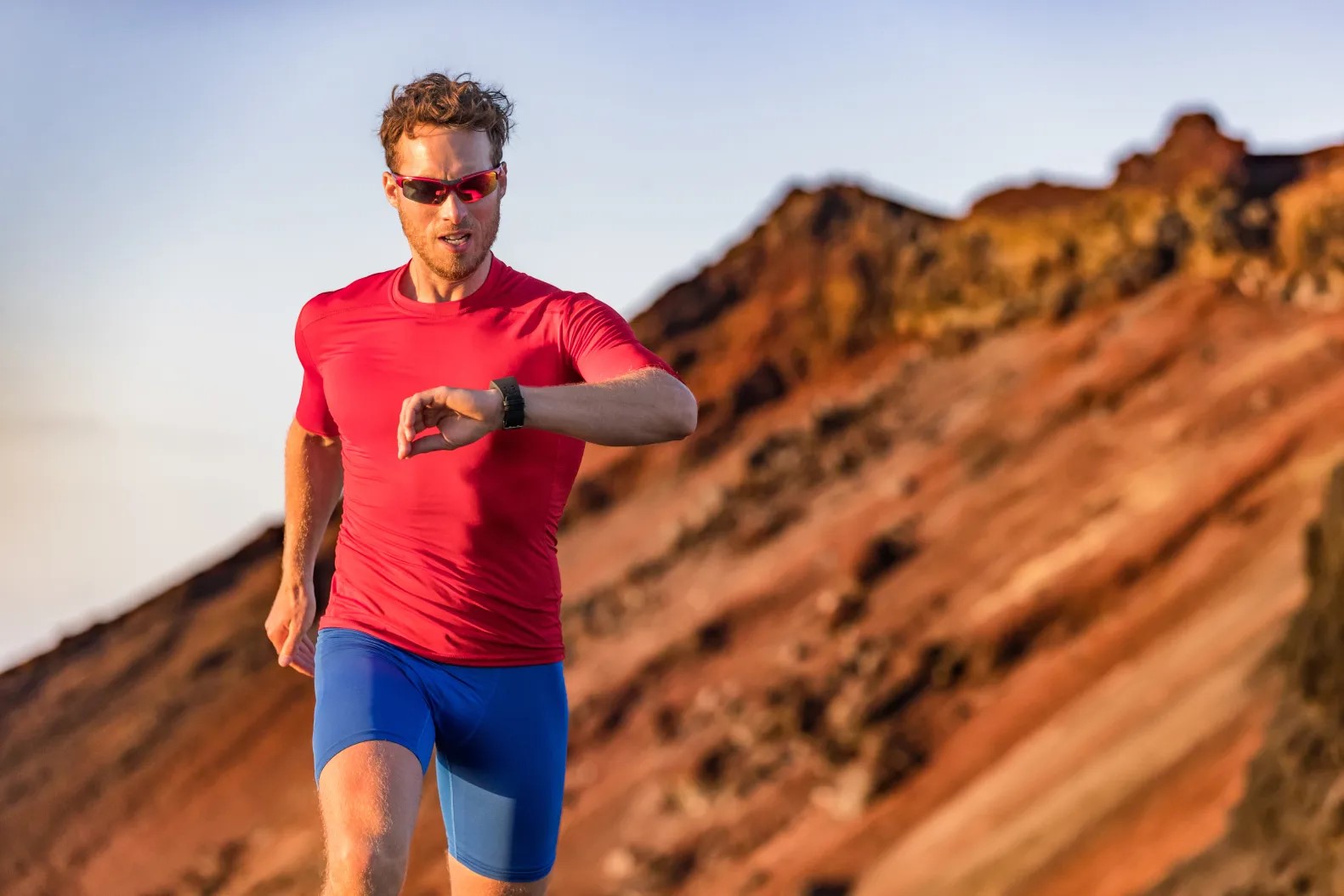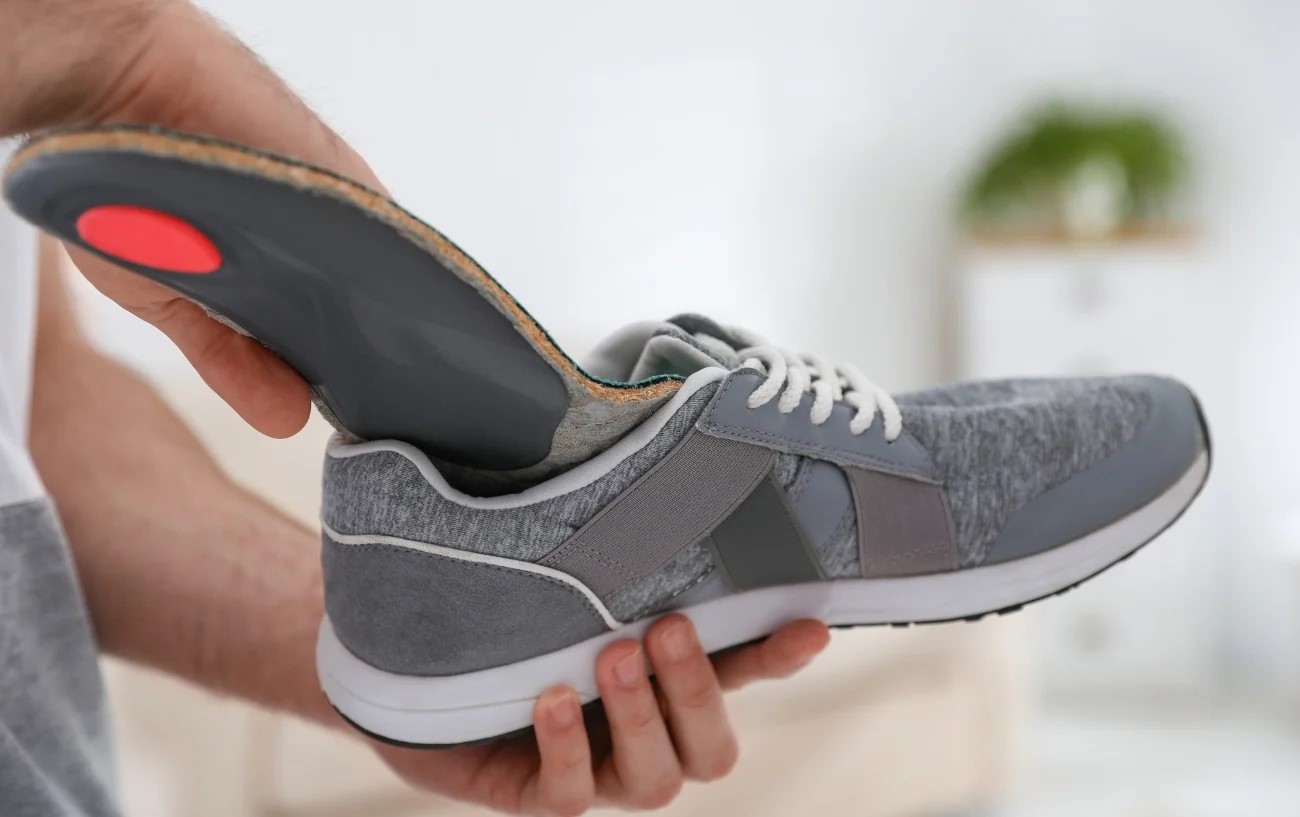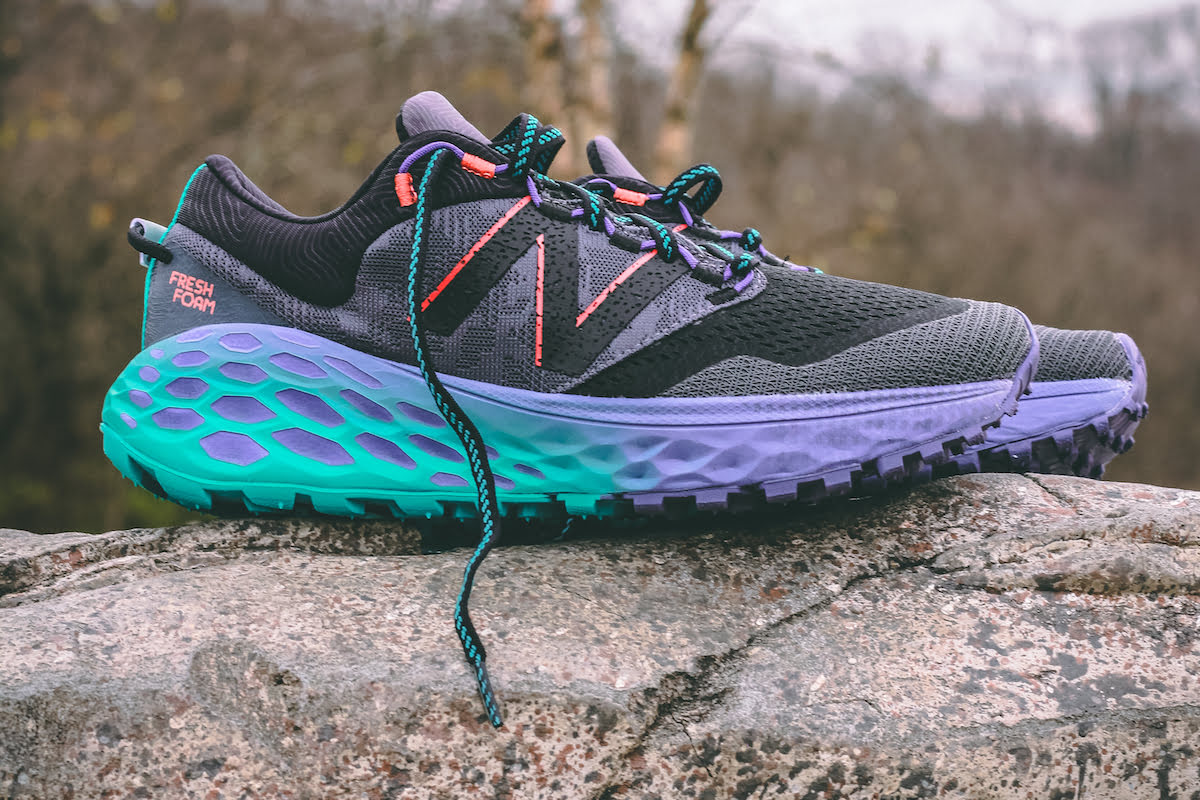Home>Gear & Reviews>Shoes>Top Picks: Best Running Shoes For Overpronation
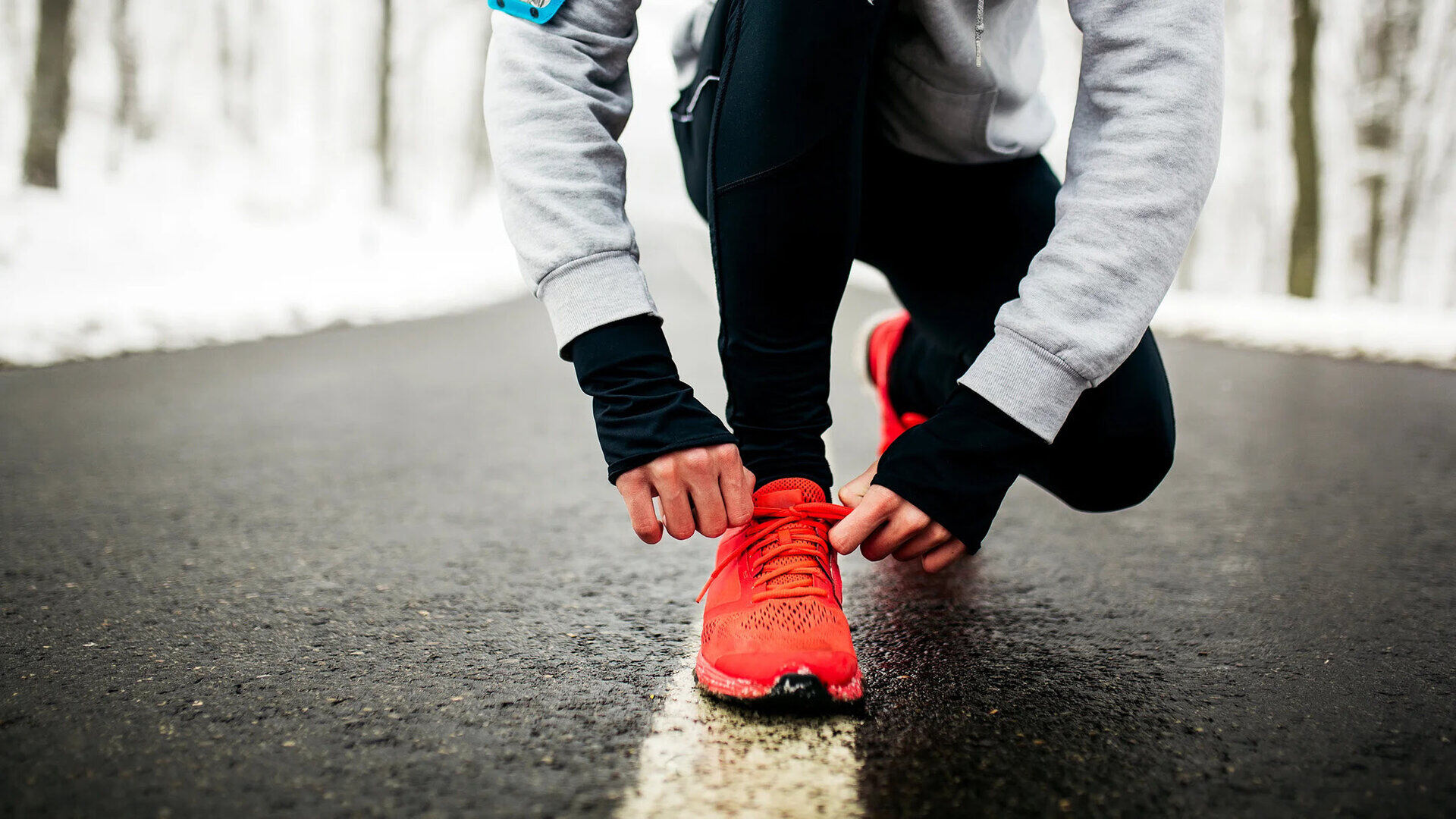

Shoes
Top Picks: Best Running Shoes For Overpronation
Published: February 9, 2024
Discover the top picks for overpronation running shoes. Find the best shoes for your needs and improve your running experience.
(Many of the links in this article redirect to a specific reviewed product. Your purchase of these products through affiliate links helps to generate commission for Therunningadvisor.com, at no extra cost. Learn more)
Table of Contents
Introduction
When it comes to running, having the right pair of shoes can make all the difference, especially for individuals with overpronation. Overpronation occurs when the foot rolls inward excessively while walking or running, leading to potential discomfort and even injury. As such, it’s crucial to find running shoes that provide the necessary support and stability to mitigate the effects of overpronation.
Choosing the best running shoes for overpronation involves considering various factors, including arch support, cushioning, and overall structure. With the myriad of options available in the market, it can be overwhelming to determine which shoes are best suited for this specific need. However, fear not, as we’ve compiled a comprehensive list of top picks for the best running shoes for overpronation to simplify your decision-making process.
In the following sections, we’ll delve into the intricacies of overpronation, explore the key considerations when selecting running shoes for this condition, and ultimately present our top recommendations. Whether you’re a seasoned runner or just starting out, understanding the significance of proper footwear for overpronation is paramount. So, let’s lace up and embark on this journey to discover the ideal running shoes that cater to overpronation.
What is Overpronation?
Overpronation is a biomechanical condition that occurs during the gait cycle when the foot excessively rolls inward, causing the arch to flatten and the ankle to rotate inwards. This natural movement is a part of the body’s shock absorption mechanism, but when it becomes exaggerated, it can lead to various issues, particularly for runners.
Individuals with overpronation may experience an inward rolling motion of the foot from the heel to the toe during each step. This can result in added stress on the foot and ankle, potentially leading to discomfort and increasing the risk of injuries such as plantar fasciitis, shin splints, and knee pain.
One way to identify overpronation is by examining the wear pattern on your old shoes. If the inside of the sole is significantly more worn out compared to the rest of the sole, it may indicate overpronation.
Understanding your foot mechanics is crucial in addressing overpronation. It’s essential to recognize that overpronation is not a one-size-fits-all condition. Some individuals may overpronate mildly, while others may have a more severe case.
It’s important to note that overpronation is not a problem in itself; rather, it becomes an issue when it leads to discomfort or injury. Therefore, selecting the right running shoes is vital for individuals with overpronation. These shoes are designed to provide the necessary support and stability to help counteract the excessive inward rolling of the foot, thereby reducing the risk of associated discomfort and injuries.
By choosing running shoes specifically tailored for overpronation, individuals can mitigate the effects of this condition and enjoy a more comfortable and safer running experience. These shoes typically feature supportive arch structures, reinforced midsoles, and cushioning that help to stabilize the foot and promote a more natural gait. With the right pair of running shoes, individuals with overpronation can pursue their running goals with confidence and reduced risk of potential issues associated with this biomechanical condition.
How to Choose the Right Running Shoes for Overpronation
Choosing the right running shoes for overpronation is a crucial decision that can significantly impact your running experience. Here are some key factors to consider when selecting the best running shoes for overpronation:
-
Motion Control and Stability Features: Look for shoes with motion control and stability features. These shoes are specifically designed to reduce excessive inward rolling of the foot, providing the necessary support and stability to counteract overpronation. Motion control shoes typically have a firm midsole and a reinforced heel counter to minimize the inward movement of the foot.
-
Arch Support: Opt for shoes with adequate arch support. Overpronation often leads to the flattening of the arch, so it’s essential to choose shoes that offer proper arch support to maintain the natural alignment of the foot. Shoes with built-in arch support can help distribute the pressure more evenly across the foot, reducing the strain caused by overpronation.
-
Cushioning: Consider the level of cushioning in the shoes. Ample cushioning is essential for individuals with overpronation as it helps absorb the impact and reduce the stress on the foot and ankle. Look for shoes with cushioned midsoles and responsive padding to provide a comfortable and supportive running experience.
-
Structured Support: Seek out shoes with structured support features. These shoes often incorporate firmer materials in the midsole and heel areas to prevent excessive inward rolling and promote a more stable gait. The structured support helps maintain proper foot alignment and reduces the risk of overpronation-related discomfort and injuries.
-
Proper Sizing and Fit: Ensure that the shoes fit properly and provide ample room for the toes. Ill-fitting shoes can exacerbate overpronation and lead to additional discomfort. It’s advisable to get your feet measured and try on different sizes to find the most suitable fit. Additionally, consider the width of the shoes to accommodate the natural expansion of the foot during running.
-
Breathability and Durability: Look for shoes that offer breathability and durability. Adequate ventilation in the shoes can help keep your feet cool and dry during runs, while durable construction ensures longevity, especially for regular runners.
By considering these factors, you can make an informed decision when choosing the best running shoes for overpronation. It’s important to prioritize both comfort and support to address the specific needs associated with overpronation and enhance your overall running performance and enjoyment.
Top Picks for Best Running Shoes for Overpronation
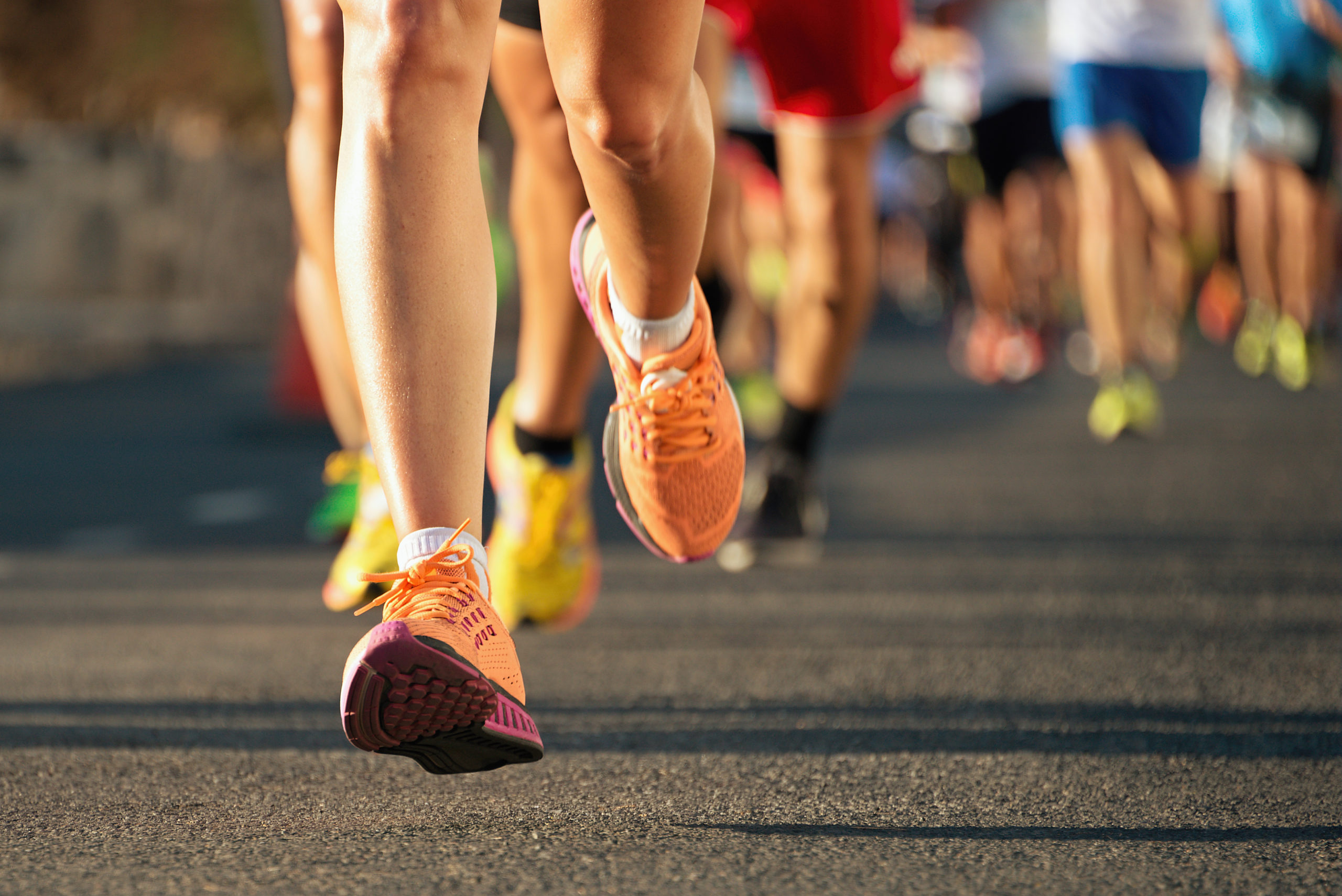
-
Brooks Adrenaline GTS 21
- The Brooks Adrenaline GTS 21 is a top choice for overpronators, offering a perfect blend of stability and cushioning. With its GuideRails support system, it effectively controls excess movement, providing a smooth and secure ride. The DNA LOFT cushioning ensures optimal comfort, making it an ideal choice for long-distance runners seeking reliable support.
-
ASICS Gel-Kayano 28
- Renowned for its exceptional stability features, the ASICS Gel-Kayano 28 is designed to address overpronation with its Dynamic DuoMax support system. The FlyteFoam technology delivers lightweight cushioning, while the Impact Guidance System enhances the foot’s natural gait, reducing the risk of discomfort and injuries associated with overpronation.
-
New Balance Fresh Foam 860v11
- The New Balance Fresh Foam 860v11 stands out for its Fresh Foam midsole, providing a plush and responsive feel while effectively controlling overpronation. The engineered mesh upper ensures breathability and a secure fit, making it a versatile choice for runners seeking both support and comfort.
-
Saucony Guide 14
- Engineered with PWRRUN cushioning and a medial TPU guidance frame, the Saucony Guide 14 offers exceptional support for overpronators. The FORMFIT technology molds to the foot’s shape, delivering a personalized fit and stability, while the durable rubber outsole provides reliable traction for various running surfaces.
-
Hoka One One Arahi 5
- The Hoka One One Arahi 5 features a J-Frame construction, providing dynamic stability to combat overpronation. Its plush EVA midsole offers a cushioned yet responsive feel, promoting a natural and efficient running stride. The lightweight and breathable upper further enhance the overall comfort and support for overpronators.
-
Mizuno Wave Inspire 17
- With its Wave Plate technology and U4ic midsole, the Mizuno Wave Inspire 17 delivers a harmonious balance of stability and cushioning. The supportive yet flexible design caters to overpronators, ensuring a smooth and controlled running experience. The breathable mesh upper adds to the overall comfort and breathability.
-
Nike Air Zoom Structure 24
- The Nike Air Zoom Structure 24 incorporates a dual-density foam midsole and a supportive midfoot system to address overpronation. The Zoom Air unit in the forefoot provides responsive cushioning, while the lightweight and breathable upper offers a secure and comfortable fit, making it an excellent choice for runners seeking stability and performance.
These top picks represent a diverse range of running shoes tailored to address overpronation, catering to the unique needs of individuals seeking stability, support, and comfort during their runs. Each of these options offers distinct features and technologies aimed at mitigating the effects of overpronation, empowering runners to pursue their goals with confidence and reduced risk of discomfort or injuries.
Conclusion
In conclusion, selecting the best running shoes for overpronation is a pivotal step in ensuring a comfortable, stable, and injury-free running experience. Overpronation, if not addressed appropriately, can lead to discomfort and potential injuries, hindering one’s running performance and overall enjoyment. By understanding the specific needs associated with overpronation and considering essential factors such as motion control, arch support, cushioning, structured support, proper fit, and durability, individuals can make informed decisions when choosing running shoes tailored to address this biomechanical condition.
The top picks for the best running shoes for overpronation, including the Brooks Adrenaline GTS 21, ASICS Gel-Kayano 28, New Balance Fresh Foam 860v11, Saucony Guide 14, Hoka One One Arahi 5, Mizuno Wave Inspire 17, and Nike Air Zoom Structure 24, exemplify the diverse range of options available to cater to the unique needs of overpronators. Each of these shoes incorporates advanced technologies and features designed to provide stability, support, and comfort, effectively mitigating the effects of overpronation and empowering runners to pursue their running goals with confidence.
It’s important to emphasize that the right pair of running shoes can make a significant difference for individuals with overpronation, allowing them to enjoy a more natural and efficient running stride while reducing the risk of discomfort and potential injuries. By investing in high-quality running shoes specifically tailored for overpronation, individuals can prioritize their foot health and overall well-being, ultimately enhancing their running experience.
In essence, the journey to finding the best running shoes for overpronation is a personalized and essential endeavor. It involves recognizing the unique biomechanical characteristics of one’s feet and selecting shoes that offer the necessary support and stability to address overpronation effectively. With the plethora of options available in the market, individuals can explore and experiment with different shoes to find the perfect fit that aligns with their specific needs and preferences.
Ultimately, the right pair of running shoes for overpronation can empower individuals to embrace their passion for running with confidence, comfort, and reduced risk of overpronation-related issues. By prioritizing foot health and making informed choices, individuals can embark on their running journeys with the assurance that their shoes are tailored to support and enhance their performance, regardless of their level of experience or running goals.

